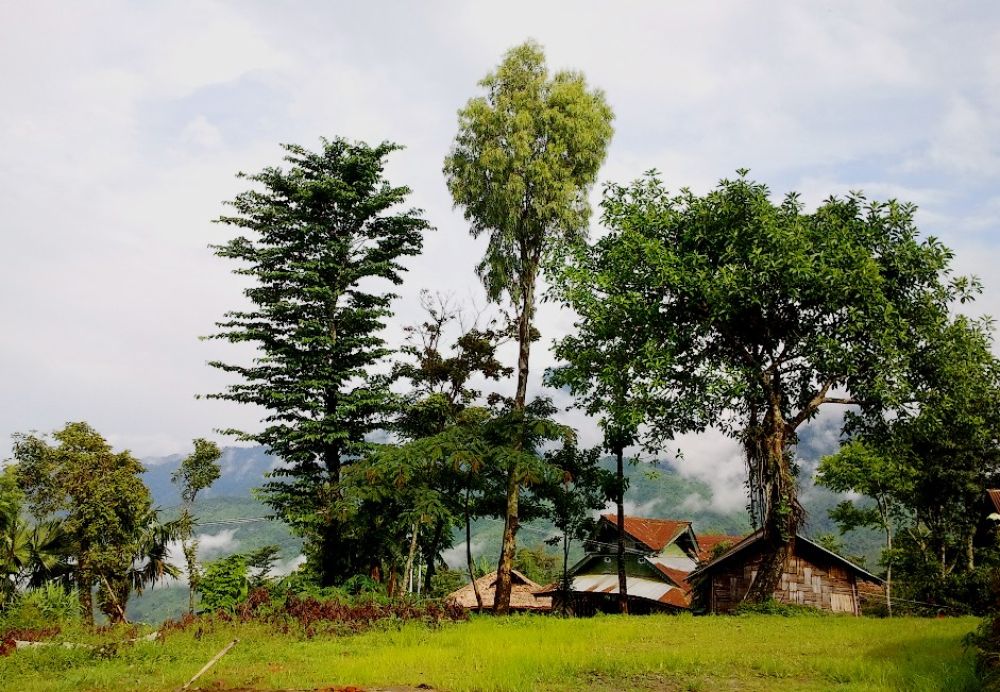

The North-Eastern part of India remains one of the less-explored regions in the country, with Nagaland being one of its seven sister states. Mon is a district in Nagaland that has seen varying degrees of tourism over the years. Known for its rich tribal heritage, Mon provides a window into the lives of the Konyak Nagas, famous for their tattooed faces and traditional headhunting practices.
The history of tourism in Mon can be traced back to the times when Nagaland was less known to the outside world. Originally, the Konyak tribe was noted for their headhunting, a practice that ceased by the end of the British Raj in the mid-20th century. Mon district, with its cultural uniqueness, began to attract anthropologists and intrepid travelers from around the world seeking to understand the lives and customs of the Konyak people.
In the latter half of the 20th century, the Indian government, along with the state government of Nagaland, began promoting the region's cultural heritage to attract tourism. Since then, this has gradually led to an increase in domestic and international tourists. The Hornbill Festival, launched in 2000, is one such initiative that has significantly boosted awareness and interest in Nagaland's tribal cultures, including those found in Mon.
Over the years, tourist infrastructure in the region has developed, though it still remains modest compared to other parts of India. Homestays, local guides, and cultural tours have become more prevalent, allowing for a sustainable form of tourism that benefits the local communities.
In recent years, there has been a significant shift in tourism trends within Mon and Nagaland as a whole. There is a growing interest in:
The tourism sector in Mon also faces challenges, such as the need for improved infrastructure, communication facilities, and sustainable practices to ensure the preservation of the region's biodiversity and cultural heritage. Nonetheless, Mon is now recognized as a destination for those seeking an offbeat and authentic cultural experience in one of India's most remote regions.
Looking into the future, Mon, Nagaland anticipates responsible growth in tourism that not only respects the traditions and environment of the Konyak people but also contributes to their economic and social development. As global interest in indigenous cultures and pristine natural environments continues to grow, Mon is well-positioned to become a premier destination for responsible and enriching travel experiences in Northeast India.